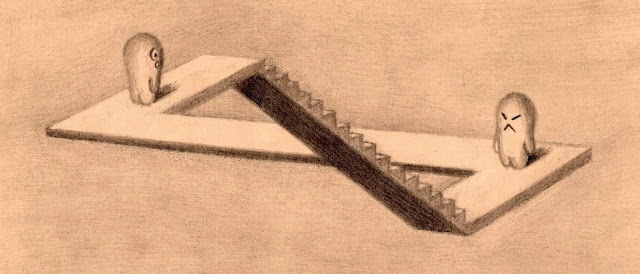As promised, I want to address a comment raised about the idea that the 24/96 recording using the RME ADI-2 Pro FS ADC was somehow inadequate for the 16/44.1 samples in the "Do digital audio players sound different?" blind test; that the 24/96 captures are somehow missing significant amounts of the output from the devices.
For reference, I've included the original comment here from Miska:
"It [the samples] just barely catches the first image band between 22.05 - 44.1 kHz and a little bit of next between 44.1 kHz and 48 kHz. One of the devices is clean though. The ADC anti-alias filter fixes rest by improving the reconstruction by removing further image frequencies. Strongest image for most current DACs is around 352.8 kHz.Although the blind test is ongoing, I figure it's still good to talk about this while not revealing the devices used of course.
Of course playback system then defines how much overlay of these come back again at different frequencies from the DAC, since it is now running at different rate family than the original source.
This doesn't really replicate real device playback performance, but at least it captures some apparent differences. So it gives kind of hint or shadow of how the device actually did."



